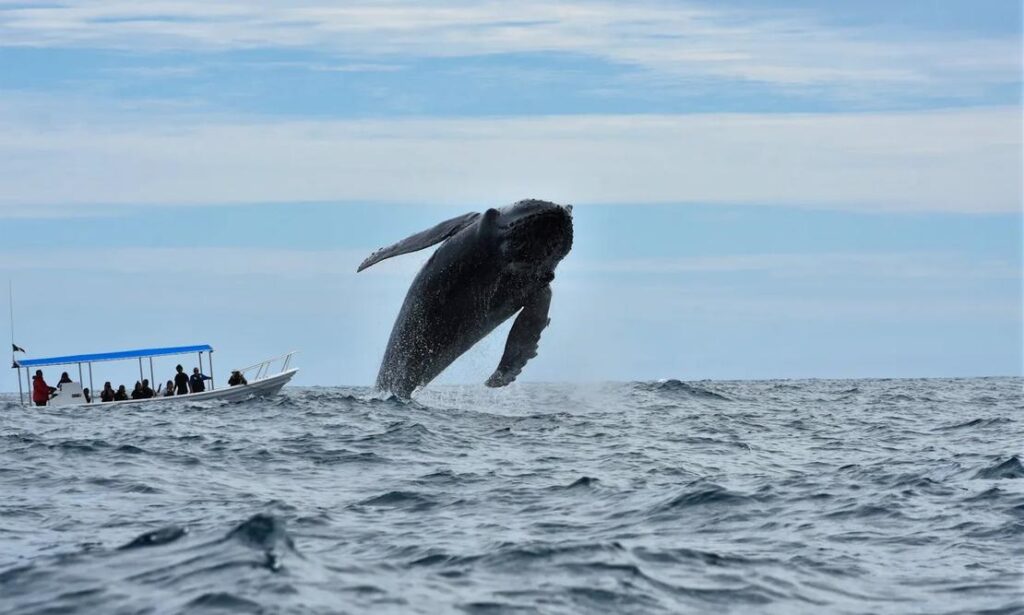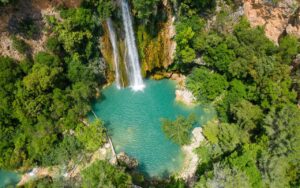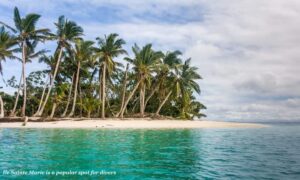Ile Sainte-Marie: Whale Watching Paradise
Nestled off the eastern coast of Madagascar, Ile Sainte-Marie, also known as Nosy Boraha, is a serene island that offers a unique blend of natural beauty, rich history, and unforgettable experiences. This tropical paradise is particularly famous for its whale watching opportunities, drawing nature enthusiasts from around the globe. Whether you’re an avid wildlife lover or simply seeking a tranquil escape, Ile Sainte-Marie promises a memorable adventure.
What to See and Do
The highlight of Ile Sainte-Marie is undoubtedly the whale watching. From June to September, humpback whales migrate to the warm waters surrounding the island to breed and give birth. This provides a rare opportunity to witness these majestic creatures up close. Numerous local operators offer boat tours, ensuring you have a front-row seat to this awe-inspiring spectacle.
Beyond whale watching, the island boasts pristine beaches, lush greenery, and vibrant coral reefs. You can explore the island’s natural beauty by snorkeling or diving in its clear waters, where you’ll encounter colorful marine life. For those who prefer land-based activities, renting a bicycle to tour the island is a popular choice. Don’t miss the chance to visit the Pirate Cemetery, a relic of the island’s swashbuckling past, where you can wander among the weathered tombstones of infamous pirates.
A Bit of History and Interesting Facts
Ile Sainte-Marie has a fascinating history that dates back to the 17th century when it became a haven for pirates. The island’s strategic location along the trade routes made it an ideal hideout for buccaneers, including the notorious Captain Kidd. Today, the Pirate Cemetery stands as a testament to this colorful past, offering a glimpse into the lives of these seafaring adventurers.
An interesting fact about Ile Sainte-Marie is its unique flora and fauna. The island is home to several endemic species, including the Sainte-Marie frog and the rare black-and-white ruffed lemur. The island’s lush forests and mangroves provide a sanctuary for these creatures, making it a haven for wildlife enthusiasts.
Getting There and Tips for First-Time Visitors
Reaching Ile Sainte-Marie is relatively straightforward. The most common route is to fly from Antananarivo, Madagascar’s capital, to the island’s small airport. Alternatively, you can take a ferry from the mainland town of Soanierana-Ivongo, which offers a more scenic journey. Once on the island, getting around is easy, with options ranging from bicycles and scooters to tuk-tuks and taxis.
For first-time visitors, it’s important to note that while the island is a paradise, it remains relatively undeveloped compared to more commercial tourist destinations. This means that while you’ll enjoy unspoiled beauty, amenities may be basic. It’s advisable to bring essentials like sunscreen, insect repellent, and any personal items you might need. Also, remember that the island’s official language is Malagasy, though French is widely spoken, and English is becoming more common in tourist areas.
In summary, Ile Sainte-Marie is a hidden gem that offers a perfect blend of adventure, relaxation, and history. Whether you’re there to witness the breathtaking whale migrations or to explore its rich pirate past, the island promises an experience that will linger in your memory long after you’ve left its shores.








